Exploring an Urban Waterway
Author: Mikaila Altenbern
Nature is often thought of as something that must be sought away from human civilization. Often the two are conceptualized as separate and opposing forces. The April 21 through 23, 2017, Upstream Alliance kayak trip belied that understanding.
Paddling the Delaware River and several of its tributaries, Big Timber Creek, Pennsauken Creek, and the Cooper River, the group traversed a liminal space. In this area where nature and cities meet, we realized that while the specifics may change, similar challenges are shared by waterways and cities from the Hudson to the Chesapeake. In particular, issues of access, use, preservation and restoration were raised as key concerns along the East Coast.
The Delaware is a wonderful example of the success of the environmental movement in the United States, and particularly the Earth Day Movement and the Clean Water Act. Over the course of a three-day, 31-mile kayak trip, we navigated waterways which as recently as the mid-1990s ran thick with effluent dumped from wastewater treatment plants. In the 20-plus years since Camden County, New Jersey, closed some 50 wastewater treatment plants and replaced them with a single state-of-the-art facility, the water quality has improved dramatically, making the river safe for recreation and allowing local wildlife to return and recover.
Lead by Upstream Alliance’s Genevieve Leet, the group conducted an informal survey of one such recovering population: freshwater mussels. The group identified several species of mussels by their shells. Although many native mussel species remain imperiled, their fragile resilience is a reminder that these American rivers were once the richest in the world. And despite the decimation, that past is not yet lost.
The trip was co-hosted by the Independence Seaport Museum. John Brady, the CEO of the museum, memorably arranged for the kayakers to stay both nights on the historic naval vessel USS Olympia.
Aboard the Olympia Saturday evening, Upstream Alliance hosted an Earth Day gala. The event culminated in a beer tasting lead by Gary Burlingame, the director of the Bureau of Laboratory Services at the City of Philadelphia’s water department. Aside from knowing an impressive amount about the tasting notes of beer, Burlingame used the platform to discuss the importance of water quality in the production of beer. It was a fun illustration of the important relationship that people and cities have with water! Although regional rivalry may or may not have contributed to the findings of the tasting, there was no disagreement that water quality affects beer quality.
The trip was a fitting marker of Earth Day: the simple act of being on the water, a vindication of the rehabilitation of American waterways. At the same time, the group bore witness to how much remains to be done, and how much cities can gain from embracing their natural spaces.

